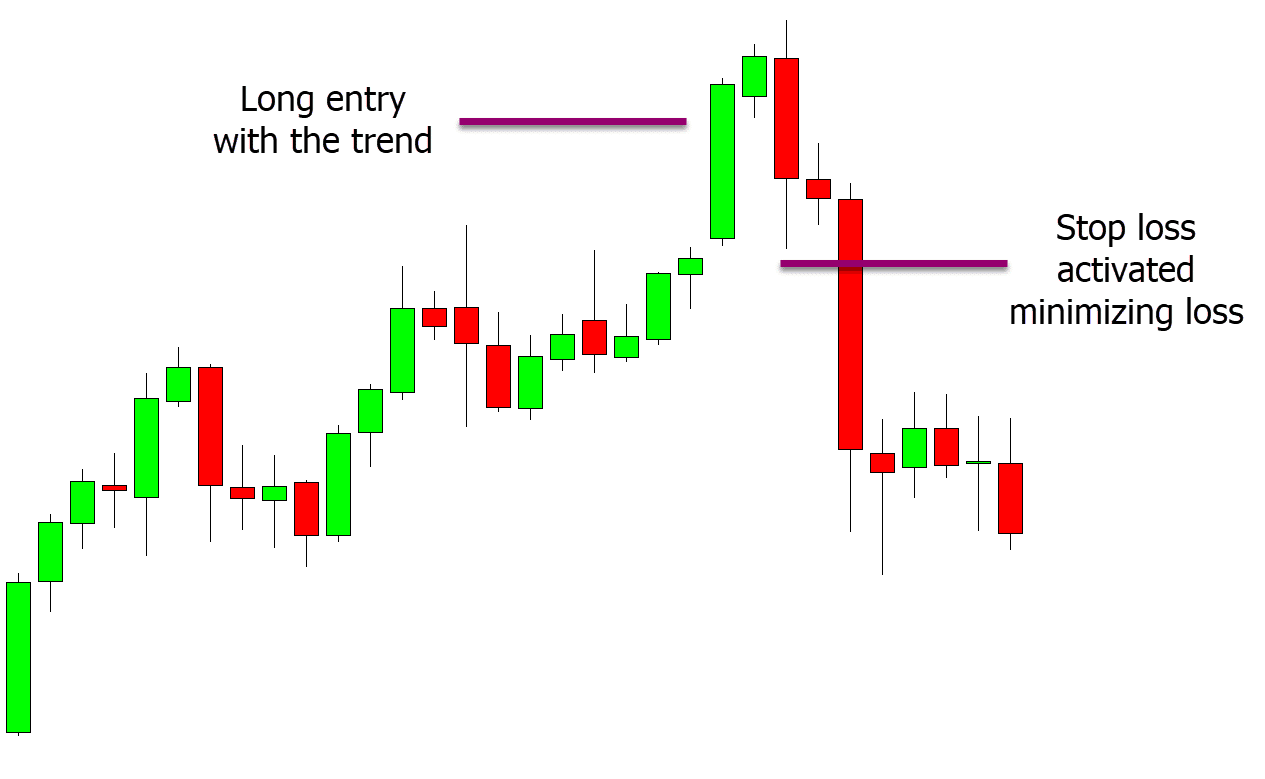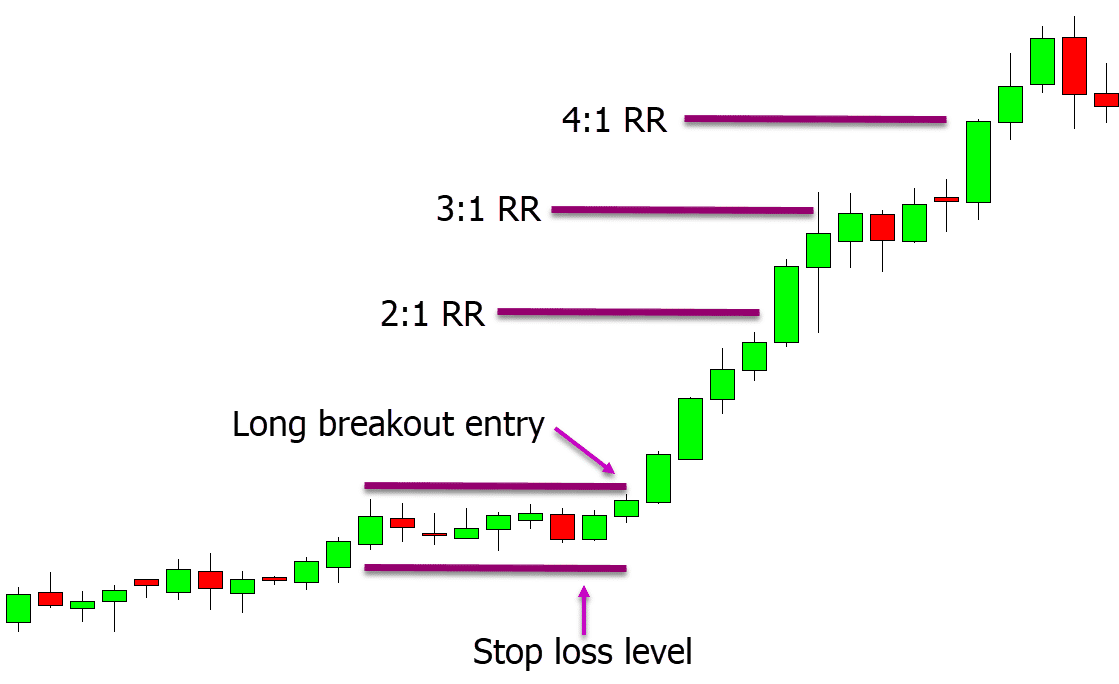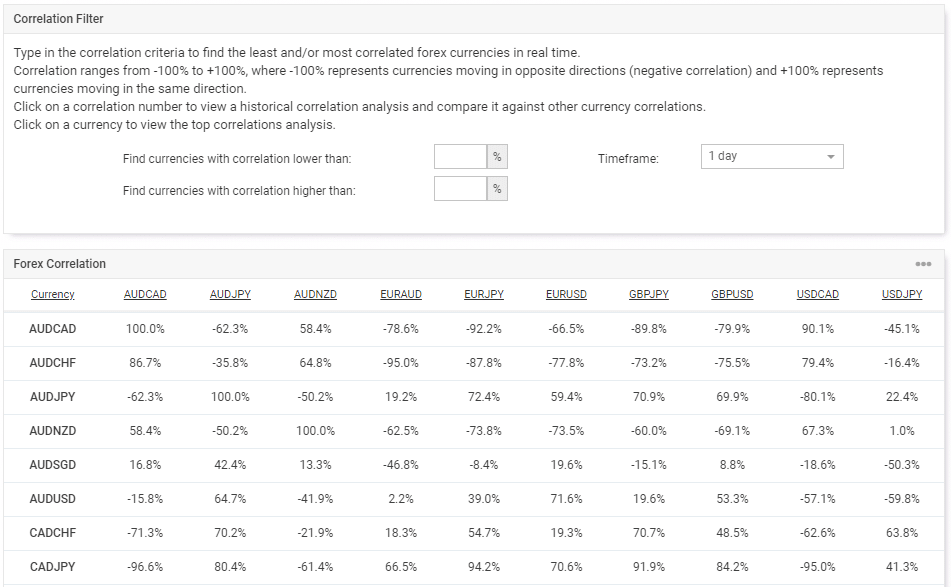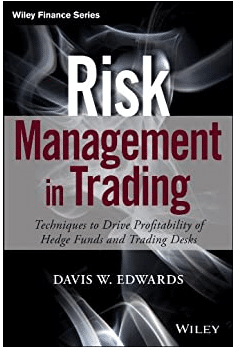It does not matter how great your strategy is; if you don’t have good trading money management skills, you will lose money.
A good money management strategy will allow you to ride out the losses and capitalize on the large winners to make you profitable.
In this post, we go through exactly what money management in your trading is and how to use some core strategies.
NOTE: Get your Forex money management trading PDF Guide below.
Table of Contents
Forex Money Management Strategies
Some straightforward and easy-to-follow money management rules can immediately help your trading.
Only Risk Money You Can Afford to Lose
This should go without saying, but it is not always followed.
Trading can be risky and you should only risk money that you can afford to lose.
If you have to use money that you should be using for daily expenses, or you are using a loan or credit card, you will be at risk of losing money you cannot afford to.
The other side of this is that if you are using money to trade with that you really need, you will be trading with ‘scared’ money. So when using money that you cannot afford to lose, you will make poor trading decisions and constantly worry about losing.
Use a Stop Loss
This is another simple strategy that should always be followed but is not.
Using a smart stop loss can ensure you have small losses and then capitalize on your winners.
The best stop loss placements will be at levels where the trade has failed, and instead of having a large loss, you cut it quickly.

Calculate Your Risk for Each Trade
If you correctly calculate your risk on each trade, then you can make sure you are risking the right amounts.
For example, some traders will not calculate how much they should be trading each trade and will use the same amount. If you do this, you could risk wildly different amounts on different pairs and stop-loss levels.
The best way to control your risk is to have set rules. For example, you will only risk 2% of your account each trade. Before each trade, you use a position size calculator to work out how much you should be trading, so you never risk too much.
Money Management Strategies for Serious Traders
If you are a serious trader, you will use other more advanced strategies to ensure your losses stay small and your winners put you in profit.
Have a Minimum Risk-Reward Ratio
A minimum risk-reward ratio for each trade you take will ensure you can come out profitable even after taking on losses.
In the example below, we are taking a long breakout trade. If the price moves lower into our stop loss level, we will automatically stop out of the trade.
However, in this example, the price moves higher and we could take profit at four times that amount we risked or 4:1 risk-reward. This means that if we were risking 2% on the trade, we would have profited 8%.
Use Leverage Wisely
Leverage is a double-edged sword. You can use it t boost your winners into much larger winners, but it can quickly crush your account if not used correctly.
The best way to make sure you are not using too much leverage is to calculate what trade size you should be using before each trade.
Like in the example above, if we are going to risk 2% each trade, we would use a position size calculator before opening a new trade.
As our account gets bigger or smaller, we would continue risking 2% and making sure we are not using too much leverage.
Follow Currency Correlation
Correlation in the Forex market is something you always need to consider if trading more than one pair.
If you don’t use correlation wisely, you can quickly risk more money than you wanted.
For example, the EURUSD and GBPUSD can have up to 90% correlation on the daily time frame. Therefore, if you entered trades on both of these Forex pairs, they are highly likely to move in the same direction. This would mean you would have two winning trades or two losing trades.
You can use a correlation calculator from investing.com to quickly see any potential positive or negative correlation your trades might have.
Forex Money Management Plan
The best way to ensure you are staying on track with your money management strategies is to create a clear rule set and money management plan.
This money management plan should include;
#1: Calculate Your Acceptable Risk Per Trade
There are two common methods to working out how much you want to risk per trade.
The first is the fixed percentage method. With this method, you decide how many percent of your account you want to risk per trade, for example, 2%, and you continue to risk 2% as your account gets bigger or smaller.
The second method is the fixed money method. With this method, instead of using a percentage of your account, you risk the same amount of money on each trade. For example, you might have a $5,000 account and choose to risk $250 on each trade.
#2: Calculate What Your Maximum Account Drawdown is
Understanding and using a smart drawdown level can help stop you from blowing your account or putting huge chunks in it.
You may decide that if you lose 25% of your account, it is time to take a break and work out what is going wrong. You may decide to move back to a demo account to find what errors you are making before moving back to your live account.
Having a drawdown level set where you will have a break can help you have a clear rule set around when it’s time to pause risking real money.
#3: Create a Ruleset for How You Take Profit and Use Your Stop Loss
Many traders have clear rules around what trades they will take, but they don’t have clear stop loss and take profit rules.
You only win or lose money when you close your trade, so it is crucial you have a clear rule set that outlines how you take profit or cut your losses short.
This ruleset can help you minimize your losses and take advantage of the larger winners.
#4: Create a Money Management Plan and Follow it
The best trading plan will be written down with a clear rule set that is easy for you to follow.
Your money management plan should include rules around;
- How much leverage you use.
- How much you risk in percentage or money terms.
- What your acceptable account drawdown is.
- What minimum risk-reward you will try to achieve for each trade.
- How you will use correlation.
- How you will set your take profit and stop-loss levels.
Trading Risk Management Books
If you want to become even better with your money management strategies, you might want to look at some more in-depth books that cover different strategies.
Risk Management in Trading – Davis Edwards
This risk management book is by Wall Street trader David W. Edwards.
In this book, you will learn the strategies and systems that professionals use. Edwards goes through how hedge funds and prop firms successfully manage their trading risks.
Some of the things you will learn include;
- Correct risk management processes.
- How professional traders control their risk and capitalize on their profits.
- How to minimize and transfer your risks.
The Ultimate Trading Risk Management Guide – Steve and Holly Burns
This book by Steve and Holly Burns covers some of the core risk management strategies needed to succeed.
You will learn why the best trades normally go straight in your favor and how to capitalize on them whilst cutting your losses short.
You will also learn why risk management is so important and how it can make or break your account.
NOTE: Get your Forex money management trading PDF Guide below.



